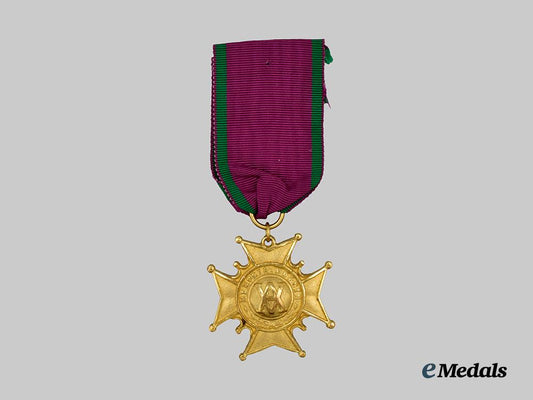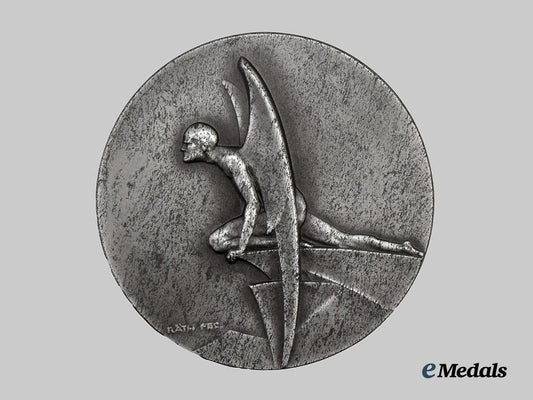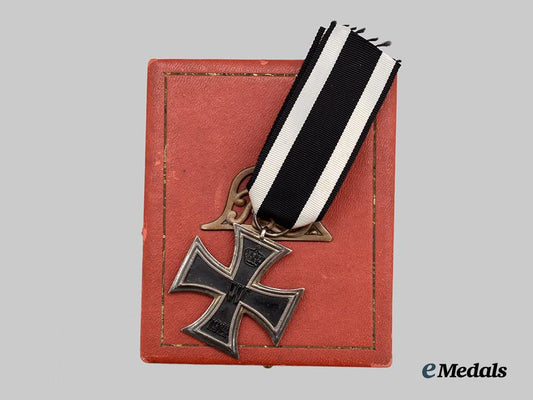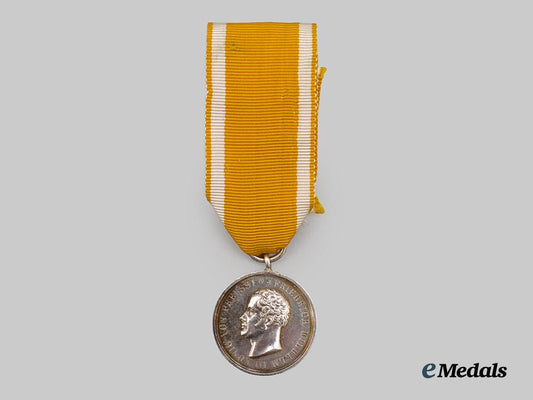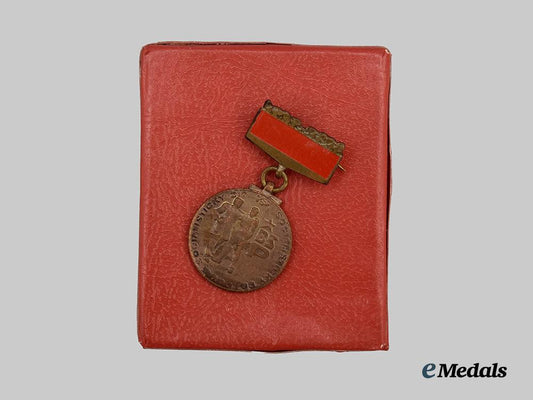
LOADING ...
In response to evolving domestic opinion, eMedals Inc has made the conscious decision to remove the presentation of German Third Reich historical artifacts from our online catalogue. For three decades, eMedals Inc has made an effort to preserve history in all its forms. As historians and researchers, we have managed sensitive articles and materials with the greatest of care and respect for their past and present social context. We acknowledge the growing sentiments put forth by the Canadian public and have taken proactive actions to address this opinion.
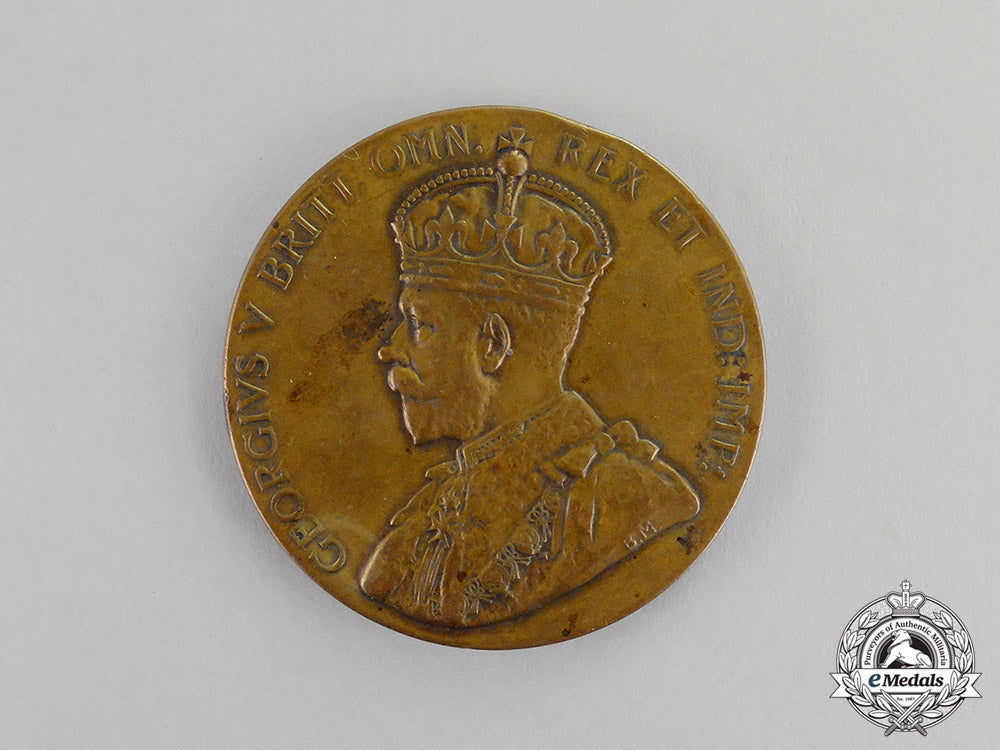
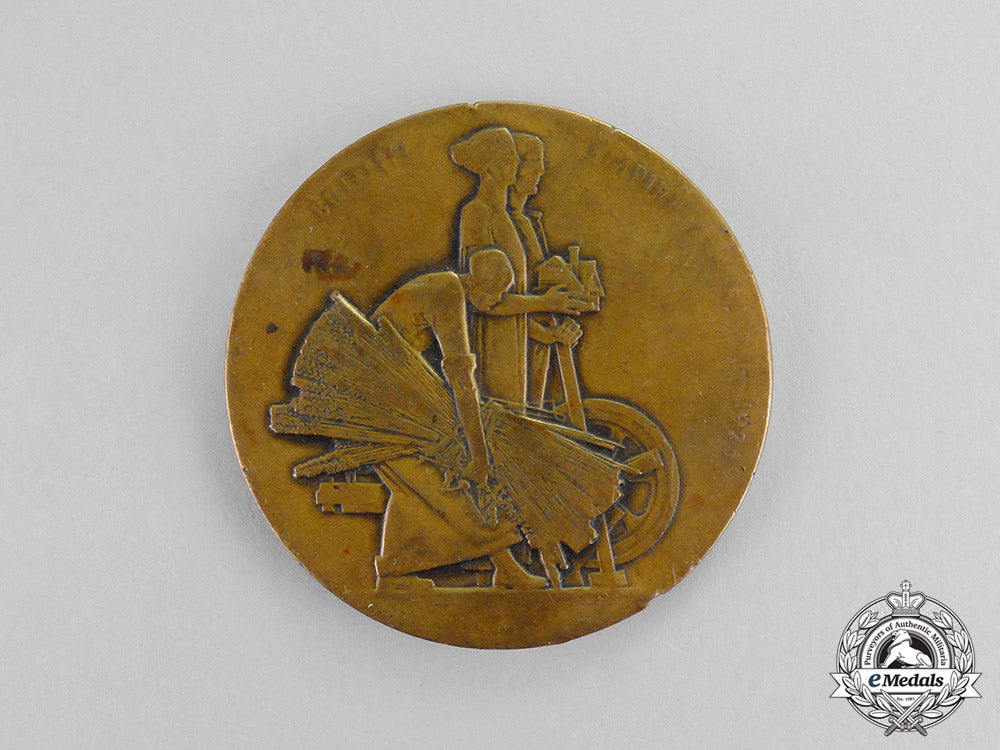
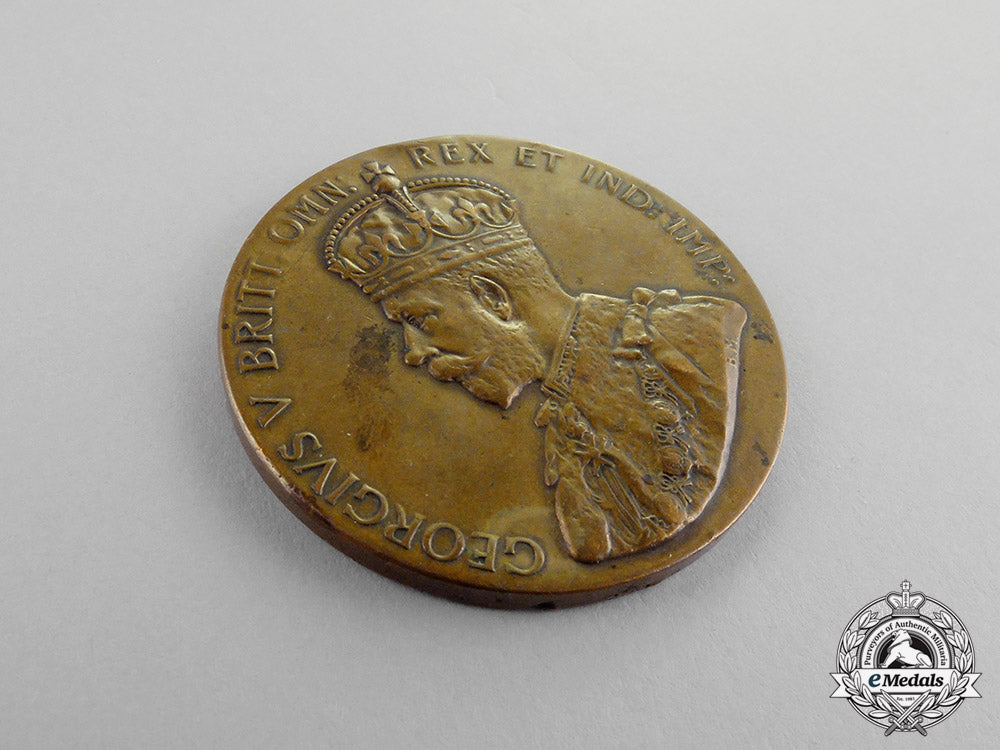
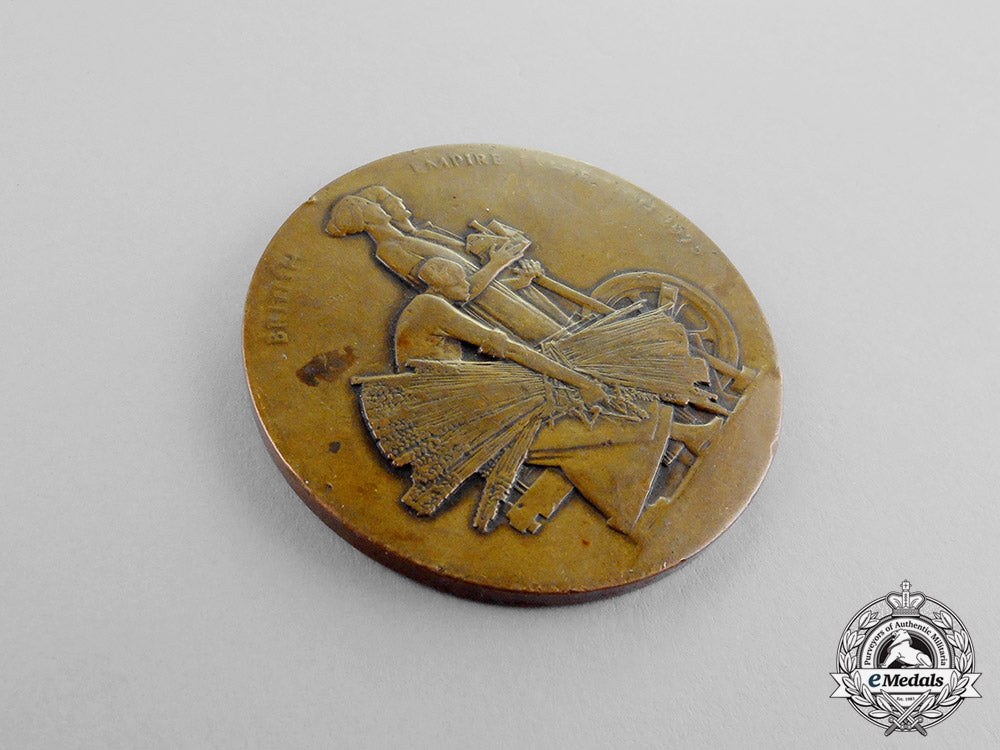
United Kingdom. A British Empire Exhibition Medal 1925
United Kingdom. A British Empire Exhibition Medal 1925
SKU: ITEM: GB6505
0% Buyer's Premium
Current Bid:
Your Max Bid:
Bid History:
Time Remaining:
Couldn't load pickup availability
Shipping Details
Shipping Details
eMedals offers rapid domestic and international shipping. Orders received prior to 12:00pm (EST) will be shipped on the same business day.* Orders placed on Canadian Federal holidays will be dispatched the subsequent business day. Courier tracking numbers are provided for all shipments. All items purchased from eMedals can be returned for a full monetary refund or merchandise credit, providing the criteria presented in our Terms & Conditions are met. *Please note that the addition of a COA may impact dispatch time.
Shipping Details
eMedals offers rapid domestic and international shipping. Orders received prior to 12:00pm (EST) will be shipped on the same business day.* Orders placed on Canadian Federal holidays will be dispatched the subsequent business day. Courier tracking numbers are provided for all shipments. All items purchased from eMedals can be returned for a full monetary refund or merchandise credit, providing the criteria presented in our Terms & Conditions are met. *Please note that the addition of a COA may impact dispatch time.
Description
Description
Great Britain; Bronze, obverse illustrating the left-facing bust of King George V, surrounded by the inscription "GEORGIVS V BRITT OMN: REX ET IND: IMP:" and engraver marked "B.M." (Bertram Mackenna) at the base of the bust, reverse illustrating three women, the woman in the foreground bent over and carrying a bundle of wheat sheaves, the woman in the centre standing and holding a small house in her hands, the standing woman at the back resting her hands on a lever with a large wheel in front, with the faded engraver mark "P.M." (Percy Metcalfe) at the lower left, 51.2 mm, edge nicks, surface wear, contact marks, very fine.
Footnote: The British Empire Exhibition was a colonial exhibition held at Wembley Park, Wembley, Middlesex in 1924 and 1925, running from April 23, 1924 to October 31, 1925. In 1920, the British Government decided to site the British Empire Exhibition at Wembley Park, on the site of the pleasure gardens created by Sir Edward Watkin in the 1890s. A British Empire Exhibition had first been proposed in 1902 by the British Empire League, and again in 1913. The Russo-Japanese War had prevented the first plan from being developed and the First World War put an end to the second, though there had been a Festival of Empire in 1911, held in part at Crystal Palace. One of the reasons for the suggestion was a sense that other powers were challenging Britain on the world stage. Despite victory in the First World War this was in some ways even truer in 1919. The country had economic problems and its naval supremacy was being challenged by two of its former allies, the USA and Japan. In 1917, Britain had committed itself eventually to leave India, which effectively signalled the end of the British Empire to anyone who thought about the consequences, while the Dominions had shown little interest in following British foreign policy since the war. It was hoped that the Exhibition would strengthen the bonds within the Empire, stimulate trade and demonstrate British greatness both abroad and at home, where the public was believed to be increasingly uninterested in Empire, preferring other distractions, such as the cinema. Wembley Urban District Council were opposed to the idea, as was The Times, which considered Wembley too far from central London. This sounds ridiculous, especially as the Metropolitan had been electrified by this time, but it has to be remembered that the last exhibition in England, the Franco-British Exhibition of 1908, had been held at White City, a far more central location. A world tour headed by Major Ernest Belcher in 1922 that lasted 10 months was mounted to promote participation in the Exhibition, with Agatha Christie and her husband among the participants. The British Empire Exhibition would run from 1924 to 1925 and made Wembley a household name. In 1919 the Prince of Wales (later Edward VIII) had become the President of the organizing committee for the proposed Exhibition at Wembley Park, north-west London, although the closing ceremony was presided over by his brother, the future George VI. The Prince, at the time, also wished for the Exhibition to boast "a great national sports ground", and so exercised some influence on the creation of Wembley Stadium at Wembley Park in 1923. It was opened by King George V on St. George's Day, April 23, 1924. The British Empire contained 58 countries at that time, with only Gambia and Gibraltar not taking part. It cost £12 million and was the largest exhibition ever staged anywhere in the world, attracting 27 million visitors.
Description
Great Britain; Bronze, obverse illustrating the left-facing bust of King George V, surrounded by the inscription "GEORGIVS V BRITT OMN: REX ET IND: IMP:" and engraver marked "B.M." (Bertram Mackenna) at the base of the bust, reverse illustrating three women, the woman in the foreground bent over and carrying a bundle of wheat sheaves, the woman in the centre standing and holding a small house in her hands, the standing woman at the back resting her hands on a lever with a large wheel in front, with the faded engraver mark "P.M." (Percy Metcalfe) at the lower left, 51.2 mm, edge nicks, surface wear, contact marks, very fine.
Footnote: The British Empire Exhibition was a colonial exhibition held at Wembley Park, Wembley, Middlesex in 1924 and 1925, running from April 23, 1924 to October 31, 1925. In 1920, the British Government decided to site the British Empire Exhibition at Wembley Park, on the site of the pleasure gardens created by Sir Edward Watkin in the 1890s. A British Empire Exhibition had first been proposed in 1902 by the British Empire League, and again in 1913. The Russo-Japanese War had prevented the first plan from being developed and the First World War put an end to the second, though there had been a Festival of Empire in 1911, held in part at Crystal Palace. One of the reasons for the suggestion was a sense that other powers were challenging Britain on the world stage. Despite victory in the First World War this was in some ways even truer in 1919. The country had economic problems and its naval supremacy was being challenged by two of its former allies, the USA and Japan. In 1917, Britain had committed itself eventually to leave India, which effectively signalled the end of the British Empire to anyone who thought about the consequences, while the Dominions had shown little interest in following British foreign policy since the war. It was hoped that the Exhibition would strengthen the bonds within the Empire, stimulate trade and demonstrate British greatness both abroad and at home, where the public was believed to be increasingly uninterested in Empire, preferring other distractions, such as the cinema. Wembley Urban District Council were opposed to the idea, as was The Times, which considered Wembley too far from central London. This sounds ridiculous, especially as the Metropolitan had been electrified by this time, but it has to be remembered that the last exhibition in England, the Franco-British Exhibition of 1908, had been held at White City, a far more central location. A world tour headed by Major Ernest Belcher in 1922 that lasted 10 months was mounted to promote participation in the Exhibition, with Agatha Christie and her husband among the participants. The British Empire Exhibition would run from 1924 to 1925 and made Wembley a household name. In 1919 the Prince of Wales (later Edward VIII) had become the President of the organizing committee for the proposed Exhibition at Wembley Park, north-west London, although the closing ceremony was presided over by his brother, the future George VI. The Prince, at the time, also wished for the Exhibition to boast "a great national sports ground", and so exercised some influence on the creation of Wembley Stadium at Wembley Park in 1923. It was opened by King George V on St. George's Day, April 23, 1924. The British Empire contained 58 countries at that time, with only Gambia and Gibraltar not taking part. It cost £12 million and was the largest exhibition ever staged anywhere in the world, attracting 27 million visitors.
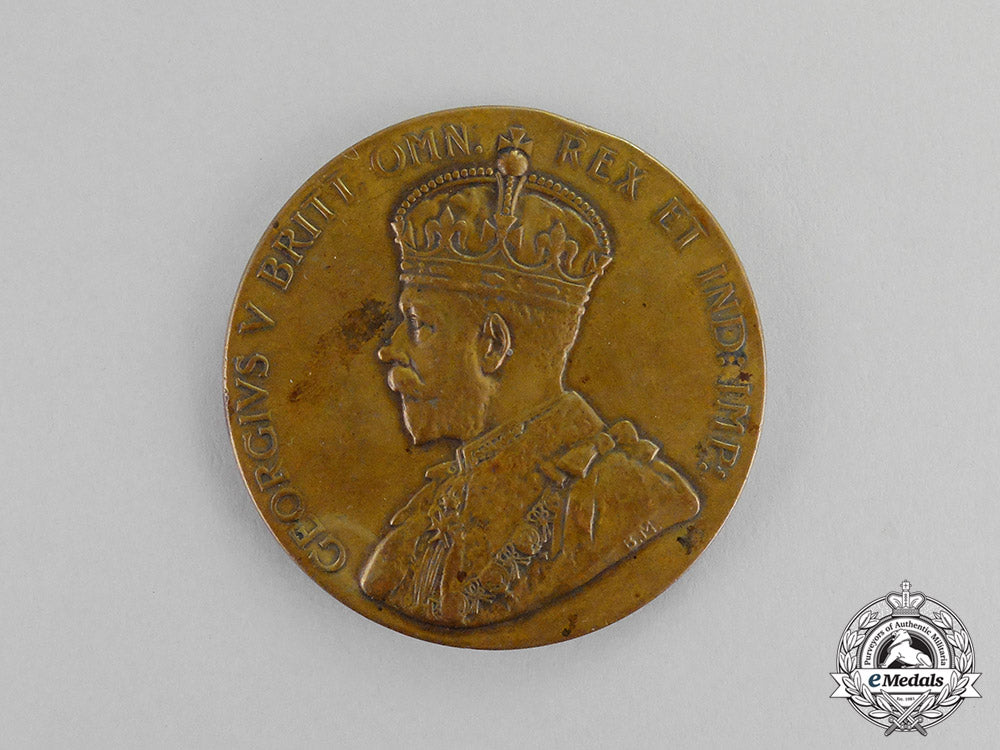
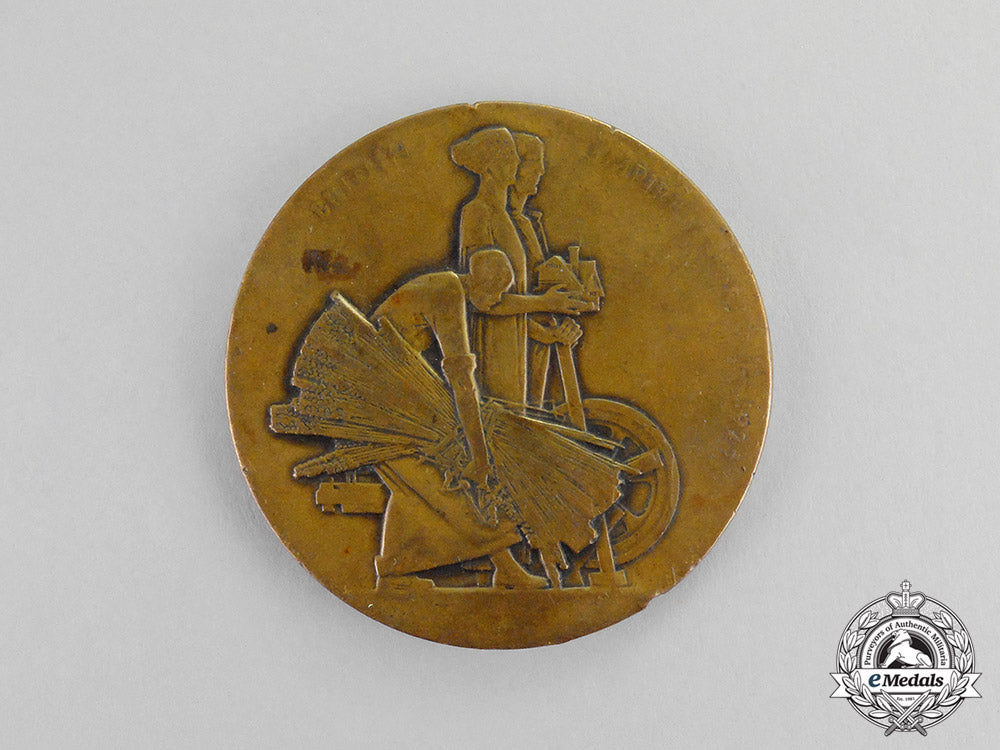
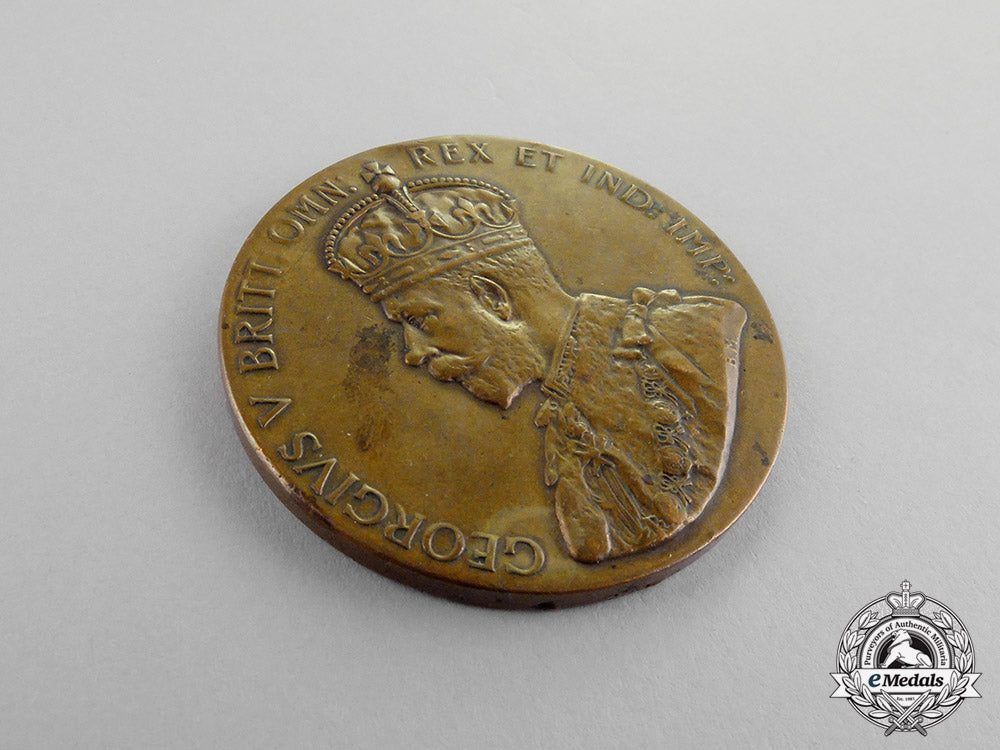
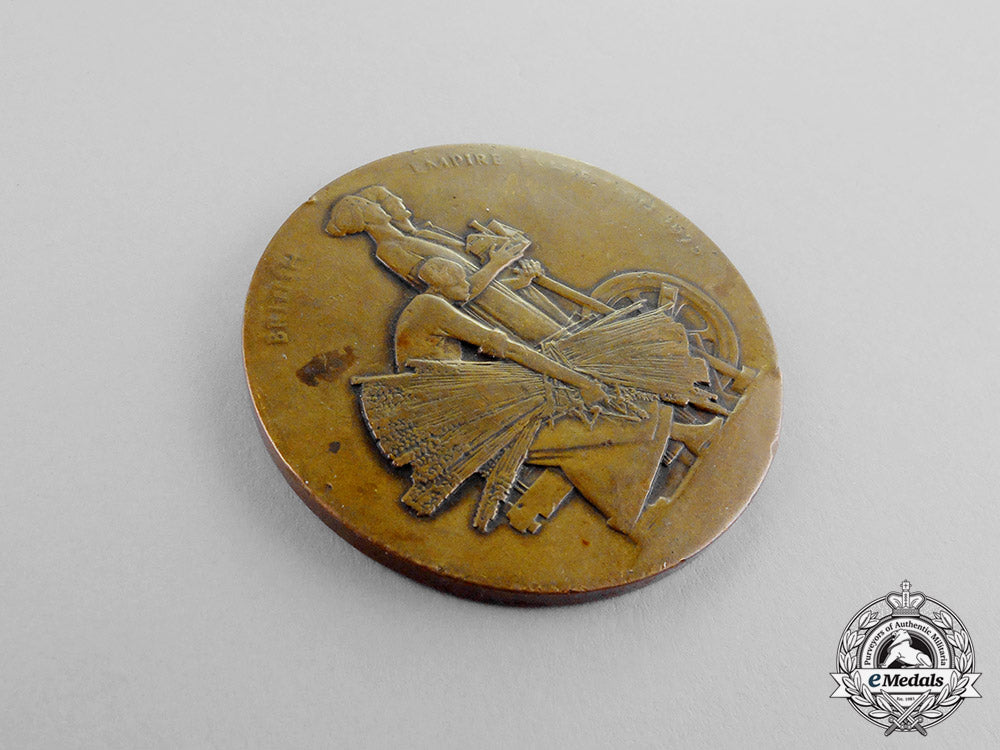
You May Also Like
Sweden, Kingdom. An Order of the Armaranth, Badge
M0704-77
Germany, Third Reich. A 1944 Meeting of German Medal Manufacturers in Vienna Commemorative Table Medal
M0704-76
Germany, Imperial. A 1914 Iron Cross II Class, with Custom Presentation Case to the 26th Reserve Division
G60356
Prussia, Kingdom. A Life Saving Medal, Type 4
G60353
Slovakia. An Employee Work Performance Medal with Case
EU9751
-
Sweden, Kingdom. An Order of the Armaranth, Badge
M0704-77
Add to CartRegular price $80 USDRegular price $0 USD Sale price $80 USDUnit price / per -
Germany, Third Reich. A 1944 Meeting of German Medal Manufacturers in Vienna Commemorative Table Medal
M0704-76
Add to CartRegular price $135 USDRegular price $0 USD Sale price $135 USDUnit price / per -
Germany, Imperial. A 1914 Iron Cross II Class, with Custom Presentation Case to the 26th Reserve Division
G60356
Add to CartRegular price $270 USDRegular price $0 USD Sale price $270 USDUnit price / per -
Prussia, Kingdom. A Life Saving Medal, Type 4
G60353
Add to CartRegular price $205 USDRegular price $0 USD Sale price $205 USDUnit price / per -
Slovakia. An Employee Work Performance Medal with Case
EU9751
Add to CartRegular price $80 USDRegular price $0 USD Sale price $80 USDUnit price / per
Do you have a similar item you are interested in selling?
Please complete the form and our client care representatives will contact you.
Sell Item







